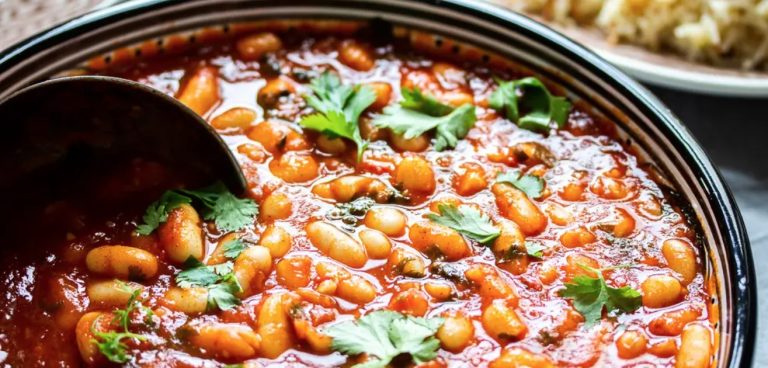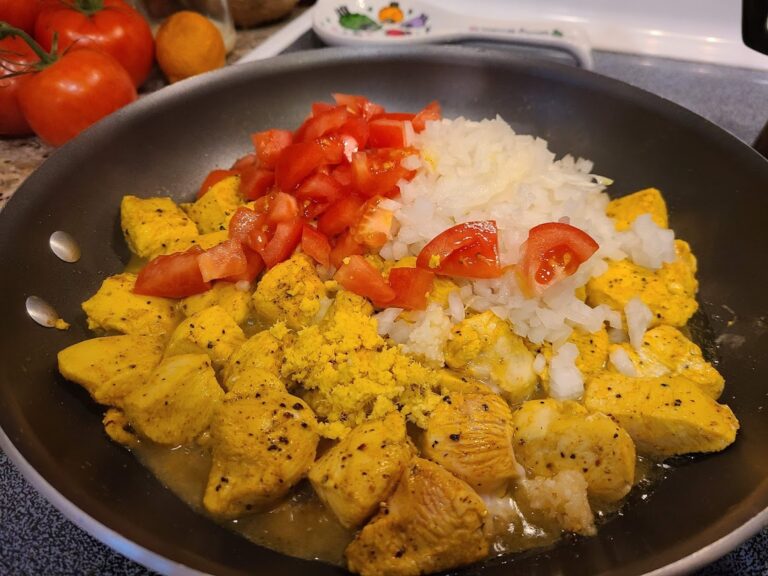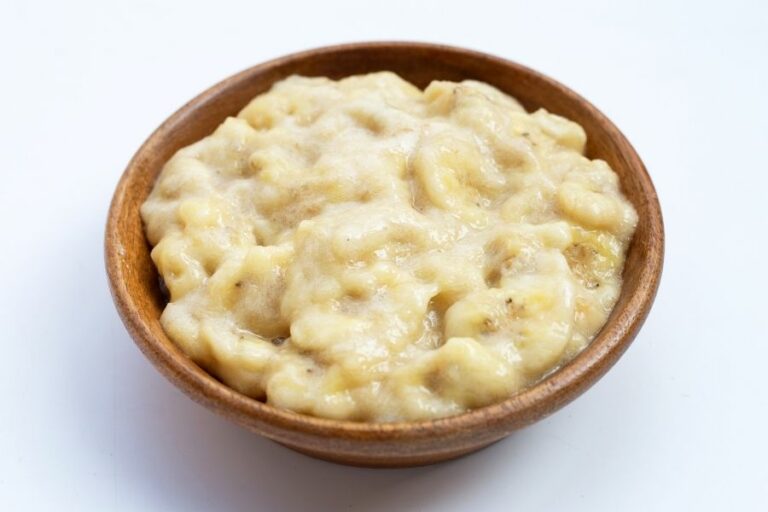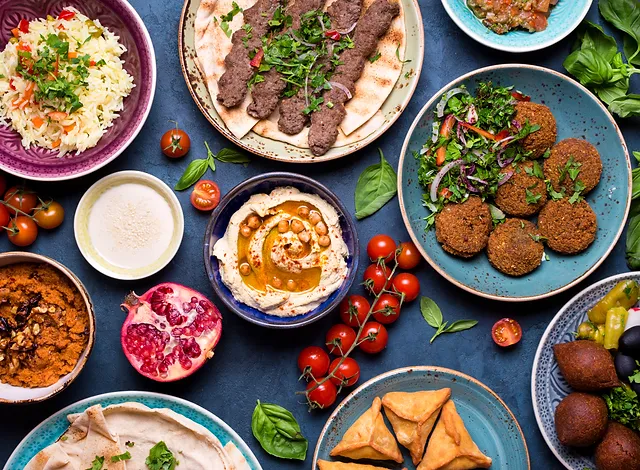Gum arabic is an additive from Africa that is often found in confectionery and wine. The sap of the acacia tree is considered harmless to health.

What is gum arabic?
Gum arabic is a food additive authorized under number E414. It is the resinous plant sap from the acacia trees that are widespread in Africa. Gum arabic is used in the food industry as a thickener, stabilizer and bulking agent.
The additive is obtained in a similar way to maple syrup. The bark of the acacia tree is scored in a V-shape and the escaping sap is collected in a bucket. The sap is then dried and pulverized so that it is sold as a white powder.
Before gum arabic became popular in the food industry, it was used primarily to make paint and ink. The Egyptians used it to mummify the dead.
In which foods is gum arabic found?
Since gum arabic only has a low thickening effect compared to other thickening agents, it is mostly used as a stabilizer. Gum arabic stabilizes food by preventing crystal formation. This is particularly appreciated in confectionery, such as gummy bears, where no sugar crystals should form. Frozen products with gum arabic also form fewer ice crystals, which have an adverse effect on the product texture.
Gum arabic is also often found in alcoholic beverages. In the beer, it stabilizes the foam so that it lasts for a particularly long time. Wine stabilized with gum arabic has better mouthfeel. In addition, it prevents cream of tartar from precipitating.
Is gum arabic sustainable?
The European Food Safety Authority (EFSA) considers gum arabic to be harmless to health. There is no legal limit and gum arabic is also permitted in organic foods. The additive can only lead to allergy symptoms in some sensitive people.
Since gum arabic is obtained exclusively from the resin of African acacia trees, it has been transported a long way before it ends up in our supermarket. In addition, the working conditions on African plantations are often not good. Nevertheless, it is a renewable raw material that can be produced in an environmentally friendly manner and is completely harmless to health. So you don’t have to give gum arabic a wide berth in the supermarket. But keep in mind that it is always the better choice ecologically to use regional food.










